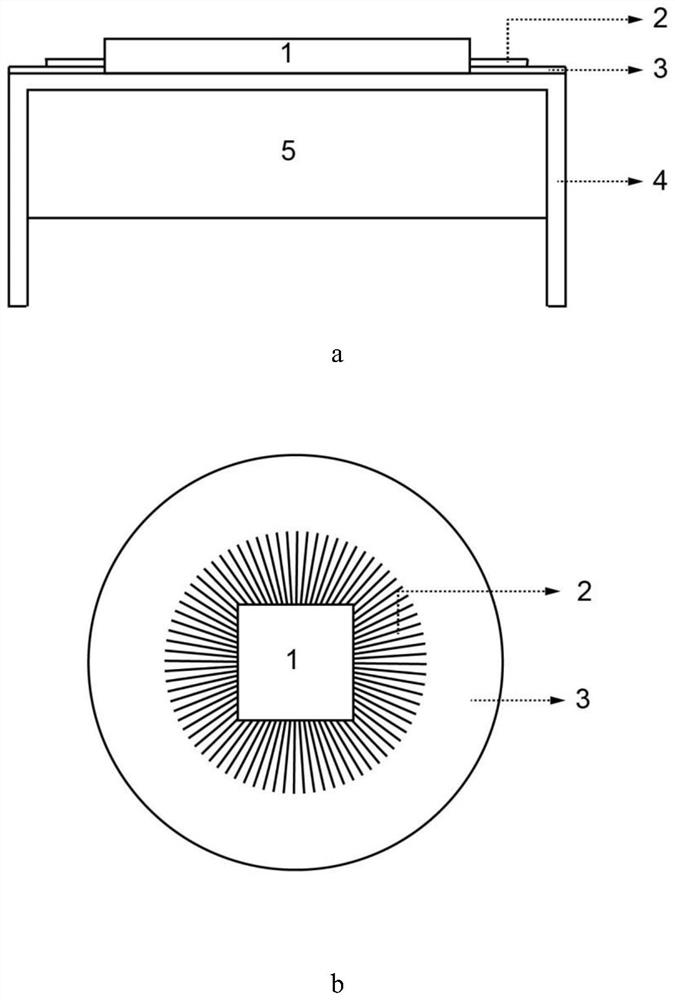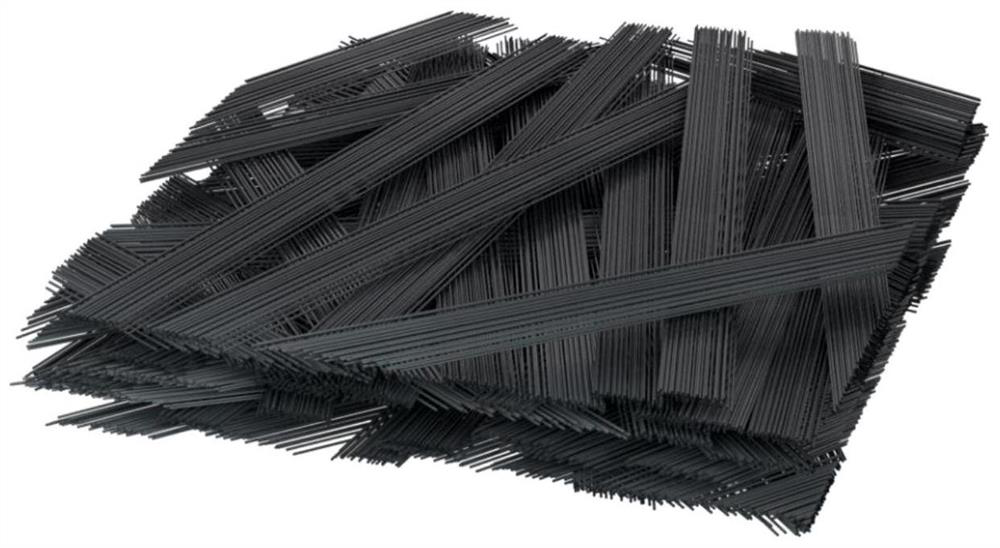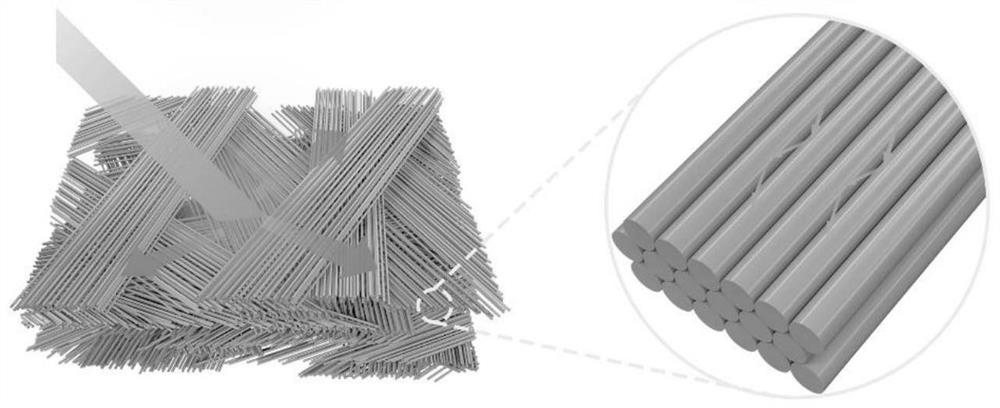A dual-mechanism salt-tolerant seawater desalination device and its application
A dual-mechanism, salt-tolerant technology, which is applied in seawater treatment, general water supply conservation, water/sewage treatment, etc., can solve problems such as inability to efficiently and stably treat seawater, and inability to achieve zero liquid discharge, achieving long-term stable operation, The effect of high energy conversion efficiency and efficient treatment
- Summary
- Abstract
- Description
- Claims
- Application Information
AI Technical Summary
Problems solved by technology
Method used
Image
Examples
Embodiment 1
[0069] We have carried out seawater desalination experiments using the dual-mechanism salt-tolerant seawater desalination device (without guiding salt beam) described in the present invention.
[0070] The dual-mechanism salt-tolerant seawater desalination device (without salt guiding beam) includes an absorber 1 , a base 3 , a water-absorbing layer 4 , and an insulating layer 5 . An absorber 1 and a base are arranged above the water-absorbing layer 4, and the base is located in an area other than the absorber 1; an insulating layer 5 is arranged below the water-absorbing layer 4;
[0071] The water-absorbing layer 4 is used for absorbing and transferring the water to be treated from the water container to the absorber 1 .
[0072] The absorber 1 is a polypyrrole glass fiber mat material, which is obtained by modifying the polypyrrole light-absorbing material on the glass fiber mat skeleton.
[0073] The base 3 is aluminum foil.
[0074] The water-absorbing layer 4 is dust-f...
Embodiment 2
[0084] We used the dual-mechanism salt-tolerant seawater desalination device described in the present invention to carry out a seawater desalination experiment with zero liquid discharge.
[0085] The dual-mechanism salt-tolerant seawater desalination device such as figure 1 As shown, it includes an absorber 1 , a salt guide bundle 2 , a base 3 , a water-absorbing layer 4 , and a thermal insulation layer 5 . An absorber 1 and a base are arranged above the water-absorbing layer 4, and the base is located in an area other than the absorber 1; an insulating layer 5 is arranged below the water-absorbing layer 4;
[0086] The water-absorbing layer 4 is used for absorbing and transferring the water to be treated from the water container to the absorber 1 .
[0087] The device also includes a plurality of salt-guiding beams 2 distributed around the absorber 1, one end of each salt-guiding beam 2 is arranged between the absorber 1 and the water-absorbing layer 4, and the other end is...
Embodiment 3
[0101] We conducted seawater desalination experiments using the same dual-mechanism salt-tolerant seawater desalination device described in the present invention as in Example 2.
[0102] Such as Figure 9 As shown, the dual-mechanism saline-tolerant seawater desalination device exhibits a very stable water collection rate when it operates in a 3.5wt% artificial seawater closed system under one solar illumination condition. As the water continued to evaporate for 120 hours, no salt deposits appeared on the surface, and the salt was guided to the base by the guide salt beam, and continued to crawl forward (such as Figure 10 ).
[0103] Such as Figure 11 As shown, the obtained purified water (obtained after desalination) was tested for ion concentration therein by an inductively coupled plasma spectrometer. The test results show that the ion concentration in the purified water can meet the drinking water standard stipulated by WHO.
PUM
| Property | Measurement | Unit |
|---|---|---|
| thermal conductance | aaaaa | aaaaa |
Abstract
Description
Claims
Application Information
 Login to View More
Login to View More - R&D
- Intellectual Property
- Life Sciences
- Materials
- Tech Scout
- Unparalleled Data Quality
- Higher Quality Content
- 60% Fewer Hallucinations
Browse by: Latest US Patents, China's latest patents, Technical Efficacy Thesaurus, Application Domain, Technology Topic, Popular Technical Reports.
© 2025 PatSnap. All rights reserved.Legal|Privacy policy|Modern Slavery Act Transparency Statement|Sitemap|About US| Contact US: help@patsnap.com



